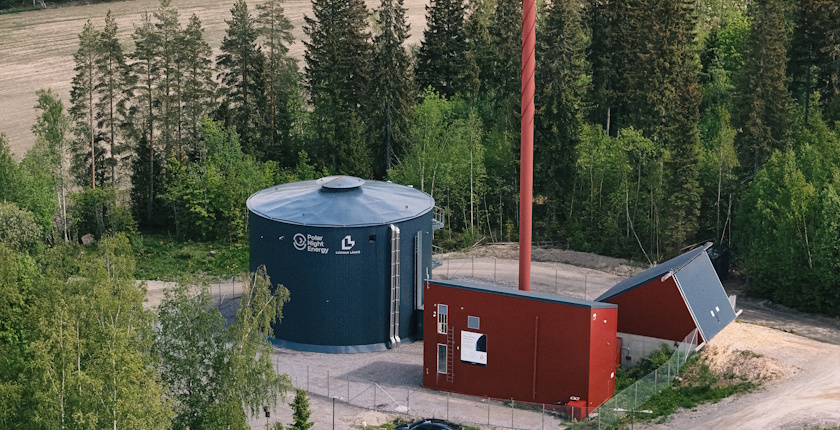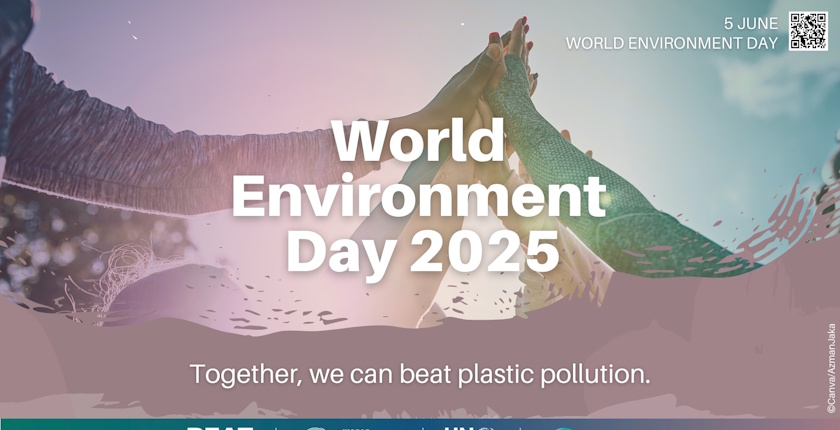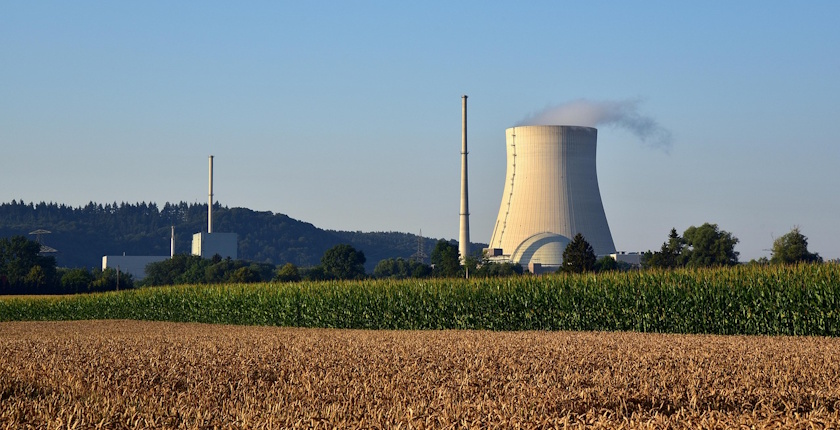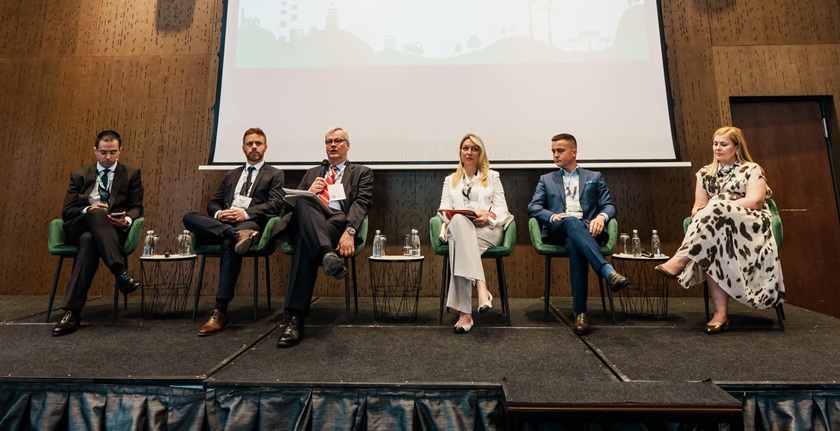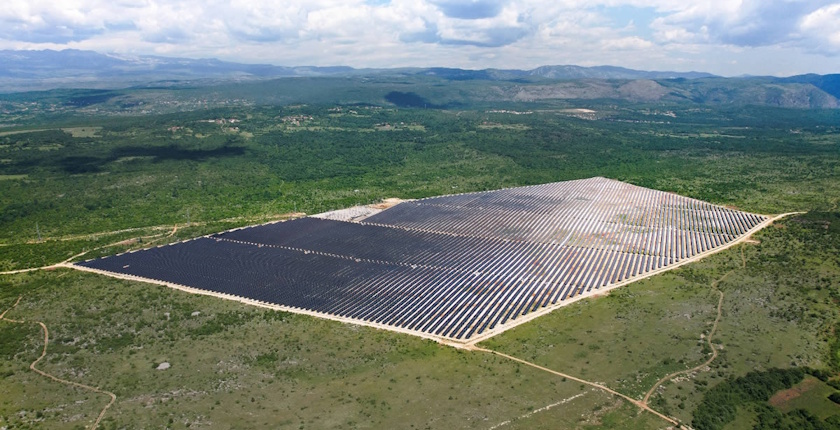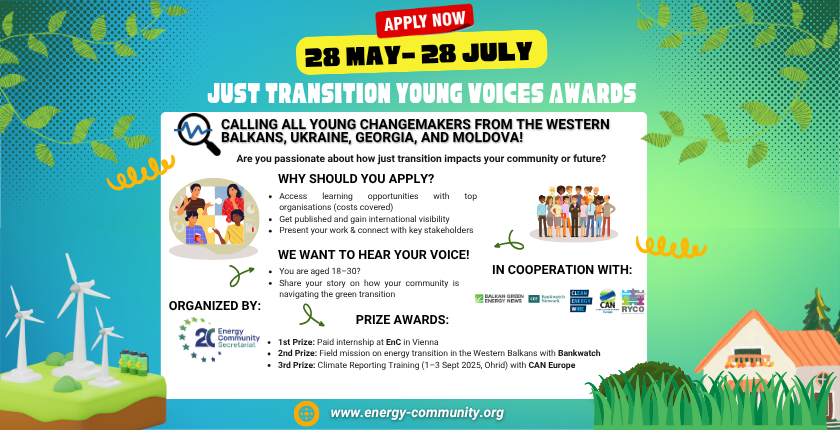
Just Transition Young Voices Award: Empowering youth champions in the clean energy transition
In a celebration of youth-led climate action, the Energy Community Secretariat, together with Bankwatch, CAN Europe, RYCO, and CLEW, has launched the Just Transition Young Voices Award, spotlighting the importance of young people’s voices in shaping a just, equitable, and sustainable energy future. Balkan Green Energy News is an official media partner of the initiative.
Young people aged 18 to 30 from the Western Balkans (Albania, Bosnia and Herzegovina, Kosovo*, Montenegro, North Macedonia, Serbia), Ukraine, Georgia, and Moldova are invited to submit original, fact-based articles that explore how their communities are navigating the shift away from fossil fuels. Recognizing that youth are essential agents of change, the award provides a platform for creative and solution-oriented journalism addressing the challenges and opportunities of a just transition.
Applications are open until 28 July 2025. The competition aims to showcase innovative thinking and concrete solutions developed by young people who are actively engaging in climate and energy issues.
The award framework
The Just Transition Young Voices Award aims to inspire and support young people with an interest in energy and climate journalism to explore and report on just transition topics. Submissions should be original, fact-based articles in English, between 700 and 1,100 words. Stories may highlight real people, places, or initiatives that reflect the challenges, opportunities, and solutions involved in just transition, particularly in sectors or regions impacted by the green shift.
Three prizes will be awarded:
- A one-month paid internship at the Energy Community Secretariat in Vienna;
- A field mission on energy transition in the Western Balkans with Bankwatch;
- Participation in the Climate Reporting Training with CAN Europe in Ohrid (1–3 September 2025).
Winning pieces will be published on Balkan Green Energy News and other partner platforms, as well as presented at the Energy Community Just Transition Forum. Applications will be evaluated by a jury comprising representatives from Bankwatch, CLEW Network, RYCO, and the Energy Community Secretariat.
The Just Transition Young Voices Award reaffirms a simple truth: meaningful system change requires the leadership of those who will live with its consequences.

